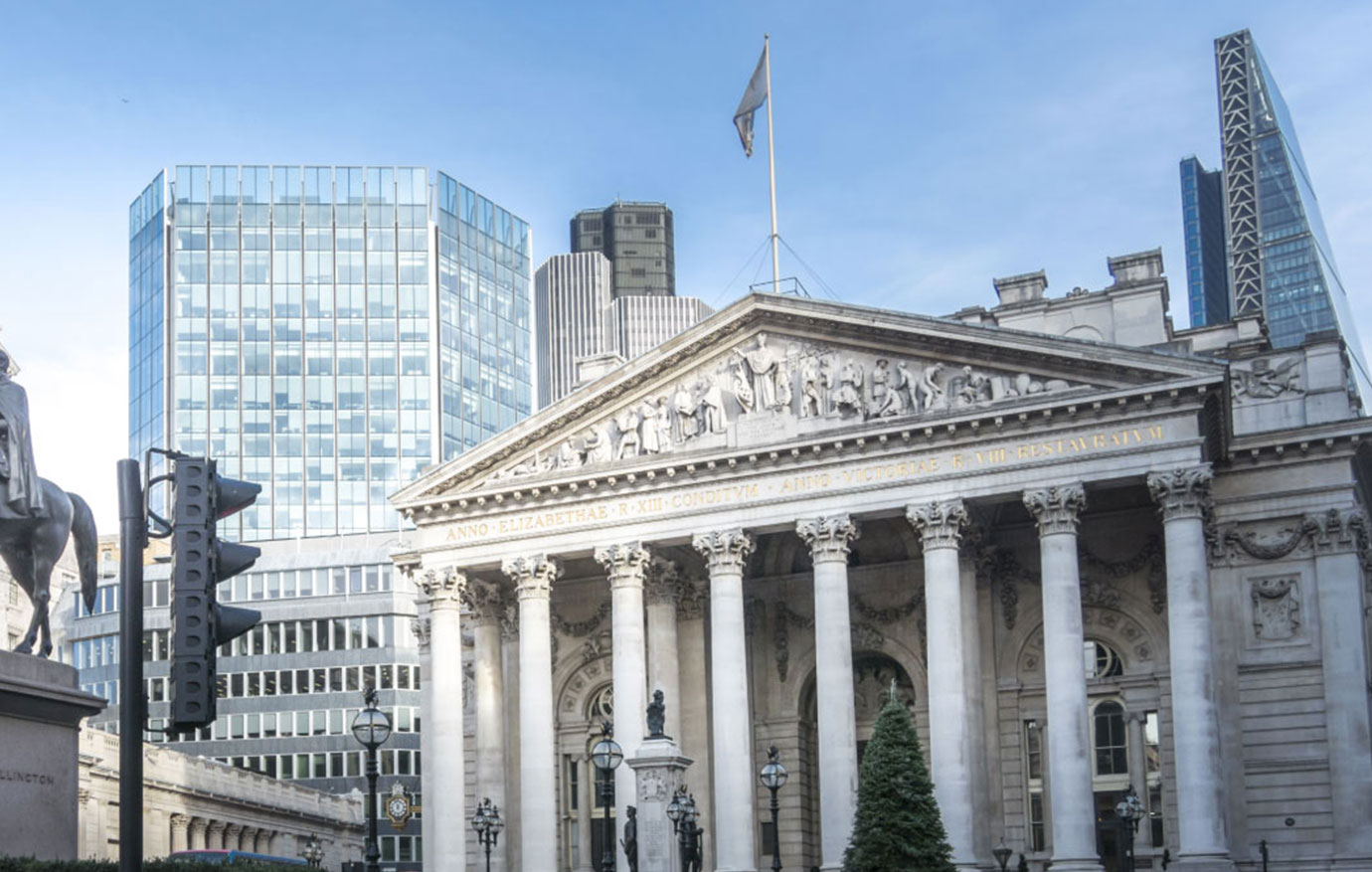
By Adam J. Ang
A SLOW recovery will hold back the domestic oil industry’s financial performance over the remainder of the year, after the International Energy Agency (IEA) estimated that the pandemic knocked back global demand to levels not seen since 2013.
The IEA warned last week of a “treacherous” path ahead for the industry with oil demand growth taking further hits from a renewed rise in coronavirus cases in many countries, the persistence of quarantine schemes albeit in localized form, and work-from-home practices.
Global demand is currently estimated at 91.7 million barrels per day (bpd) — a return to 2013 levels. Demand for petroleum products may drop by 8.4 million bpd this year over 2019, representing a “slightly deeper” fall compared with estimates issued a month earlier.
In the Philippines, travel restrictions, hard lockdowns, and fragile confidence have battered the domestic economy, posing a challenge to fuel demand, analysts said.
“Given these, oil demand is expected to remain challenged here in our country moving forward which in turn would weigh on the sales volume of our oil industry,” Philstocks Financial Senior Analyst Japhet Louis Tantiangco said.
Oil demand bottomed out in April at 1.25 million liters, down 42% against the record January level of 2.15 million liters, according to the Department of Energy (DoE).
Demand recovered in May and June to 1.72 million liters and 1.70 million liters, respectively, as quarantine measures eased, according to Rino E. Abad, director of the DoE’s Oil Industry Management Bureau. However, it still has not approached pre-pandemic levels, he added.
“It means that the energy sector rebound is really dependent on the speed of the country’s recovery and the ability to cope with the crisis,” Jose Jerome R. Pascual III, chief financial officer of Pilipinas Shell Petroleum Corp., speaking at a Standard Chartered’s webinar Friday.
“The earlier we are able to bring that confidence for people to spend, that will help push us forward,” he added.
The IEA projects demand to grow by 5.5 million bpd in 2021.
Like all other struggling businesses, oil firms have resorted to conserving their cash and cutting costs to afloat.
If they cannot improve margins, profits will be elusive over the next few quarters, according to Mr. Tantiangco.
“Unless margins are improved through cost management measures, our listed oil firms may extend their net losses for this year which in turn could put downward pressure on their share prices moving forward,” he said.
Oil prices, which are expected to remain below pre-pandemic levels, may still weigh on oil companies’ revenue, he said. At the onset of September, the Brent crude benchmark fell below $40 per barrel once again.
Year to date, international prices have dropped by an average of 40%.
An oil market rebound by the year-end holidays could still happen should the country further open up, Eastern Petroleum Chairman and Chief Executive Officer Fernando L. Martinez said in a message.
The industry is hoping to return to about 80% of normal sales by December after they fell to about 40% at the height of the community quarantine, he said.
Phoenix Petroleum Philippines, Inc., which reduced its net loss in the second quarter to P5 million from P386 million previously, said it was likely to have turned in a profit in the July-August period.
“We are confident and hopeful that the worst is behind us,” Phoenix President Henry Albert R. Fadullon said in a statement in August.
With a projected price recovery, Petron Corp. expects a P3.5-billion gain from its inventories in the remaining half of the year, Ramon S. Ang, its chairman, said in a statement last month. Petron posted a P14.2-billion net loss in the six months to June.
Despite losing P6.7 billion in the first half, Pilipinas Shell said it is close to hitting its 2020 savings target of P1.3 billion, taken from both capital and operating expenditures.
“We needed to make sure that we keep the financial resilience of our company intact so we can deliver on our strategic priorities, deliver the returns and future value that our shareholders and stakeholders expect, and also thrive through the energy transition,” Pilipinas Shell Vice-President for Finance Jose Jerome R. Pascual III said.
